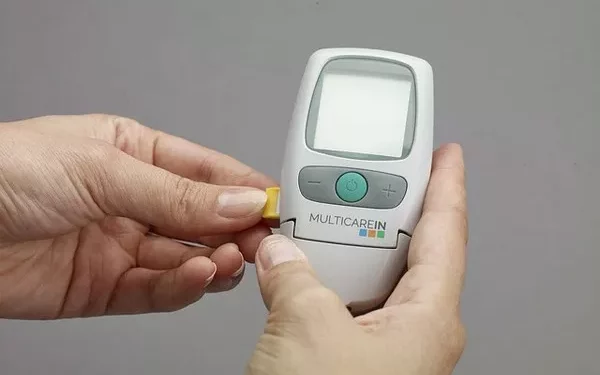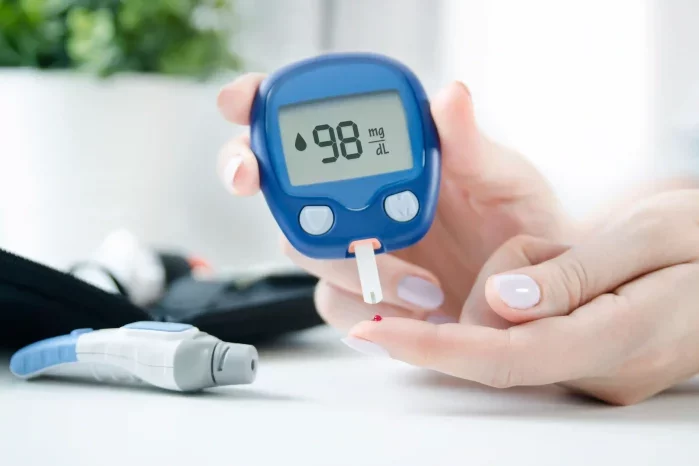Insulin resistance is a key metabolic condition that plays a critical role in the development of type 2 diabetes and other health issues. Understanding what constitutes a normal insulin resistance score is essential for effective diagnosis, management, and prevention of these conditions. This article provides a comprehensive overview of insulin resistance, how it is measured, and what constitutes a normal insulin resistance score.
Introduction to Insulin Resistance
Insulin resistance occurs when the body’s cells become less responsive to insulin, a hormone produced by the pancreas that helps regulate blood sugar levels. When cells do not respond effectively to insulin, glucose cannot enter the cells efficiently and remains in the bloodstream, leading to elevated blood sugar levels. Over time, this can contribute to the development of type 2 diabetes and other health complications.
The Role of Insulin in the Body
Insulin is crucial for maintaining blood glucose homeostasis. It facilitates the uptake of glucose into cells for energy production or storage. When insulin binds to its receptors on cell membranes, it triggers a series of events that allow glucose to enter the cells. In a state of insulin resistance, this process is impaired, leading to higher circulating levels of glucose and insulin.
Insulin Resistance and Health Implications
Insulin resistance is often associated with various health conditions, including:
Type 2 Diabetes: Prolonged insulin resistance can lead to the development of type 2 diabetes, a chronic condition characterized by high blood sugar levels.
Metabolic Syndrome: Insulin resistance is a key component of metabolic syndrome, a cluster of conditions including obesity, hypertension, and dyslipidemia.
Cardiovascular Disease: Insulin resistance can increase the risk of cardiovascular diseases, such as heart disease and stroke.
Polycystic Ovary Syndrome (PCOS): Women with PCOS often exhibit insulin resistance, which can contribute to symptoms such as irregular menstrual cycles and infertility.
Measuring Insulin Resistance
Insulin resistance is typically assessed using various methods, including blood tests and clinical indices. There is no single test to diagnose insulin resistance definitively; rather, a combination of tests and clinical evaluations is used to assess the condition.
Homeostatic Model Assessment of Insulin Resistance (HOMA-IR)
The HOMA-IR index is a commonly used method to estimate insulin resistance. It is calculated using fasting blood glucose and fasting insulin levels:
HOMA-IR=Fasting Insulin(μU/mL)×Fasting Glucose(mg/dL)405\text{HOMA-IR} = \frac{\text{Fasting Insulin} (\mu U/mL) \times \text{Fasting Glucose} (mg/dL)}{405}
Normal Range: A HOMA-IR score of 1.0 or lower is generally considered indicative of normal insulin sensitivity. Scores higher than 2.5 may suggest significant insulin resistance, though the exact cutoffs can vary based on population and methodology.
Oral Glucose Tolerance Test (OGTT)
The OGTT assesses how well the body processes glucose. It involves fasting overnight, consuming a glucose solution, and measuring blood glucose levels at intervals:
Normal Response: After fasting, blood glucose should be less than 100 mg/dL. Two hours after consuming the glucose solution, blood glucose levels should be less than 140 mg/dL.
Impaired Glucose Tolerance: Two-hour glucose levels between 140 and 199 mg/dL suggest impaired glucose tolerance, which may indicate insulin resistance.
Diabetes: Two-hour glucose levels of 200 mg/dL or higher indicate diabetes.
Insulin Sensitivity Index (ISI)
The ISI is another measure of insulin resistance that evaluates how effectively the body uses insulin. It is calculated using both fasting and postprandial glucose and insulin levels:
Normal Range: An ISI score greater than 1.0 typically indicates normal insulin sensitivity. Lower scores suggest decreased insulin sensitivity.
Clamp Techniques
The hyperinsulinemic-euglycemic clamp technique is the gold standard for measuring insulin sensitivity. It involves infusing insulin at a constant rate while maintaining blood glucose levels at a constant level. This method is highly accurate but is typically used in research settings rather than routine clinical practice.
Interpreting Insulin Resistance Scores
Understanding what constitutes a normal insulin resistance score requires knowledge of the reference ranges and how they apply to individual health conditions.
Normal HOMA-IR Values
Normal Range: Typically, a HOMA-IR value of 1.0 or below is considered normal. Values above 2.5 may indicate insulin resistance, though specific cutoffs can vary based on age, sex, and population characteristics.
Normal OGTT Values
Fasting Glucose: Less than 100 mg/dL
Two-Hour Glucose: Less than 140 mg/dL
Normal ISI Values
Normal Range: An ISI score greater than 1.0 suggests normal insulin sensitivity. Scores below this threshold may indicate insulin resistance.
Factors Affecting Insulin Resistance Scores
Several factors can influence insulin resistance scores, including:
Age: Insulin sensitivity typically decreases with age, so reference ranges may need adjustment for older individuals.
Body Weight: Obesity is a significant risk factor for insulin resistance, and scores may vary based on body fat percentage.
Genetics: Genetic predisposition can affect insulin sensitivity and resistance.
Lifestyle Factors: Diet, physical activity, and stress levels can impact insulin resistance and should be considered when interpreting scores.
Managing Insulin Resistance
Effective management of insulin resistance involves lifestyle changes, medical interventions, and ongoing monitoring.
Lifestyle Modifications
Diet: A balanced diet with a focus on whole grains, lean proteins, and healthy fats can improve insulin sensitivity. Reducing the intake of processed foods and sugars is also beneficial.
Physical Activity: Regular exercise, including both aerobic and resistance training, helps enhance insulin sensitivity and overall metabolic health.
Weight Management: Achieving and maintaining a healthy weight is crucial for managing insulin resistance. Even modest weight loss can improve insulin sensitivity.
Medical Interventions
Medications: In some cases, medications such as metformin may be prescribed to improve insulin sensitivity and manage blood glucose levels.
Monitoring: Regular monitoring of blood glucose and insulin levels is essential for managing insulin resistance and preventing the progression to type 2 diabetes.
Regular Check-Ups
Routine check-ups with a healthcare provider are important for assessing insulin resistance and overall metabolic health. These visits provide an opportunity to review test results, discuss lifestyle modifications, and adjust treatment plans as needed.
See also: How Can I Lose My Insulin Resistance Belly Fat?
Conclusion
Understanding what constitutes a normal insulin resistance score is vital for effective diagnosis and management of insulin resistance and associated health conditions. By interpreting insulin resistance scores accurately and implementing appropriate lifestyle and medical interventions, individuals can improve their metabolic health and reduce the risk of developing type 2 diabetes and other related conditions. Regular monitoring, lifestyle modifications, and collaboration with healthcare providers are key components of managing insulin resistance effectively.
Related topics:
Is Prediabetes the Same as Insulin Resistance?



























